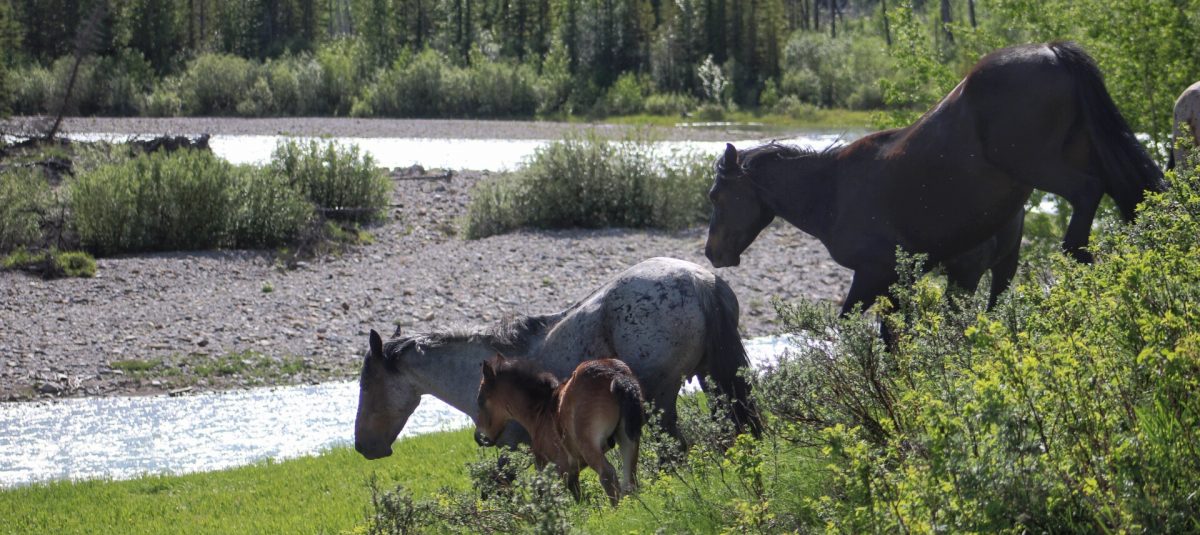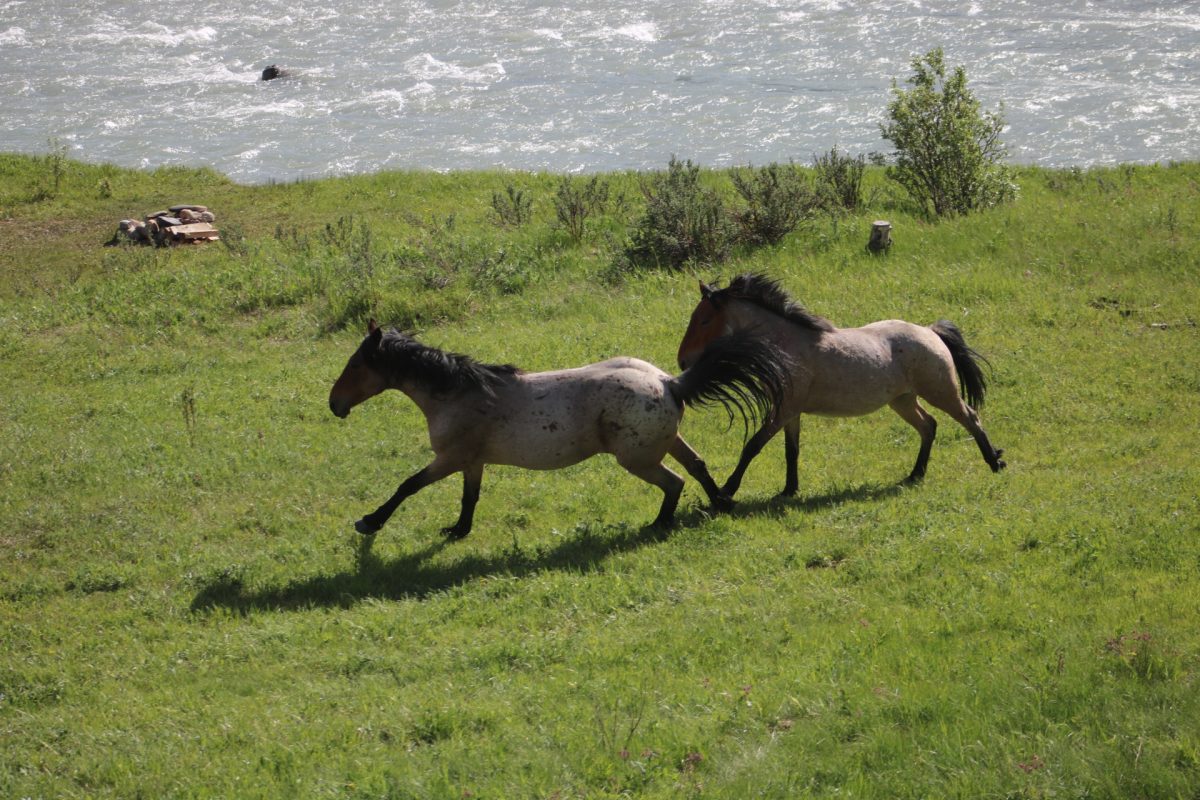ALBERTA
Feral horses in Alberta fall under The Stray Animal Act. The Stray Animal Act addresses the release of domestic animals. In section 7, there was liability for opening a gate and not closing with the result being escaped animals. This addresses people that turn their domestic horses free. Section 9 of the Stray Animals Act is the most specific in addressing feral animals. Under section 9 there is a license need to capture feral horses. This section also sets out the process for the capturing of feral horses. This section During the process of capturing horses and the following transportation the Stray Animal Act’s regulations protects them.
The Horse Capture Regulations were made under the Stray Animal Act. Many of the regulations addresses the licenses that are part of the Stray Animal Act section 9 such as the application, eligibility, fees, approval, limitations and vicarious liability of the licenses. Section 8 of the Horse Capture Regulations protects the welfare of captured feral horses. When horses are captured a description of the horse captured must be reported to the Minister administering the Public Land Acts under section 11 of the regulations. Capture of wild horses also must be reported to officers or forest officers under section 12 of the regulations.
The Alberta government has also entered into agreements with the Wild Horses of Alberta Society about the management of wild horses (Lo, 2016). The Wild Horses of Alberta Society and other private organization handle the adoption of feral horses that are captured (Alberta Government 2020).
BRITISH COLUMBIA
In 2019, the BC the Ministry of Forests, Land and Natural Resources issues a survey of the wild horses in the Chilcotin area (Dickson, 2019). The Tsilhqot’in Government was part of the plans for the survey (Dickson, 2019). The ministry uses surveys like this to help inform wildlife management in the future (Dickson, 2019). This shows that while these horses are not exactly wild animals, the management of them is part of wildlife management. Due to some of the population being free-roaming herds owned by the Indigenous communities, the government looks at consultation with these groups on the management of the wild herds. In British Columbia, the Grazing Act unofficially managed wild horse populations until it was repealed (Notzke, 2013, p 395). The rulings of Aboriginal title also impact the governing of wild horses by giving indigenous people with title the right to capture and train wild horses in the title area (Kitchener, 2017).
SASKATCHEWAN
Saskatchewan has taken more of protectionist rather than management approach to their legislation. There was a realization that because of their feral status, it was difficult to fit the horses under wildlife legislation, environmental conservation legislation or agriculture legislation (Briere, 2009).The legislation governing the feral horses is The Protection of the Wild Ponies of the Bronson Forest Act. Under section 2 of the Act, the ponies are protected. Section 3 of the Act prohibits the interference, molestation, capture or killing of these wild ponies. The penalties for interfering with the wild ponies is up to $1000 and/or be imprisoned for up to 2 months. It is possible for a person to be charged the fine and imprisoned. There are two exceptions to the Act for the Aboriginal rights and the Minister. Under section 6, there is the disclaimer that nothing here interferes with Aboriginal rights. The Minister of the Environment has the ability to make any order that they believe appropriate under section 4. The issue is that this legislation only protects wild horses in the Bronson Forest area.
FEDERAL
While Sable Island is a part of Nova Scotia, it is protected by the federal government as a national government and by the Sable Island regulations. The wild horses were almost removed from the island in 1960 but after children all over Canada wrote to Prime Minister John Diefenbaker, he decided to leave the horses on Sable Island. Sable Island National Park Reserve was created in December 2013 therefore protecting it under the Canada National Act (Sable Island Institute, 2018).
Under the Canada Shipping Act, there is the Sable Island Regulations that are under the Minister of Transport. The regulations limit access and construction to the island. This protects the horses by limit the inference of humans into their life. In section 5 (d) it states “(5) No person shall, without having first obtained written permission from the Agent…… (d) molest, interfere with, feed or otherwise have anything to do with the ponies on the Island.”.

